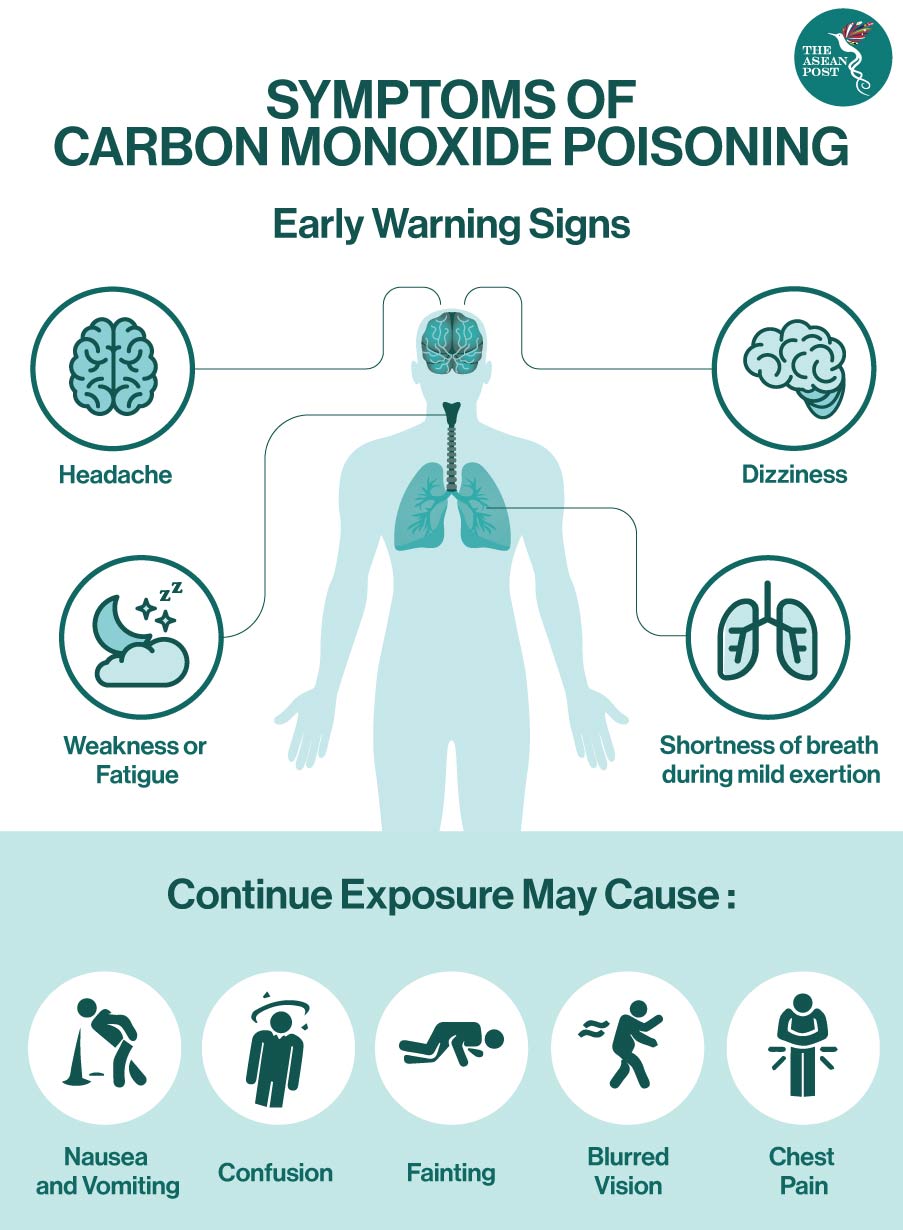
We breathe in CO like normal air with no irritation to our nose or throats. Unlike natural gas or LP gas, which have a characteristic odor added to them to alert you, carbon monoxide has no fumes and no color. How do I know if carbon monoxide is present? Using kerosene heaters or charcoal grills indoors, or running a car in a garage can cause CO levels to rise high enough to result in death or serious illness. Vehicle exhaust fumes from attached garages also can become CO hazards. Your furnace, water heater, stove, space heaters, fireplace, woodstove, charcoal grill, and dryer can be sources of CO, especially if they are not in good working condition or have been installed without proper ventilation. Where does carbon monoxide come from?Ĭarbon monoxide is produced by devices that burn fuels.

Many of those deaths happen during the winter months, when people are heating their homes and reducing the amount of outside ventilation.Įven if CO levels are not high enough to be fatal, they can produce serious illness. If the detector sounds leave your home immediately and call 911.ĭo seek prompt medical attention if you suspect CO poisoning and are feeling dizzy, light-headed, or nauseous.ĭon't use a generator, charcoal grill, camp stove, or other gasoline or charcoal-burning device inside your home, basement, or garage or near a window.ĭon't run a car or truck inside a garage attached to your house, even if you leave the door open.ĭon't burn anything in a stove or fireplace that isn't vented.In a typical year, nearly 400 Americans die from carbon monoxide poisoning, usually in their own home or car. Here is a list of Dos and Don’ts:ĭo have your heating system, water heater and any other gas, oil, or coal burning appliances serviced by a qualified technician every year.ĭo install a battery-operated CO detector in your home and check or replace the battery when you change the time on your clocks each spring and fall. There are many preventive measures you can take to prevent CO poisoning in your home.

How can carbon monoxide exposure be prevented? People who are sleeping or intoxicated can die from CO poisoning before ever experiencing symptoms. Unless suspected, CO poisoning can be difficult to diagnose because the symptoms mimic other illnesses. High levels of CO inhalation can cause loss of consciousness and death. What are the symptoms of CO poisoning?Īccording to CDC, the most common symptoms of CO poisoning are headache, dizziness, weakness, nausea, vomiting, chest pain, and confusion. If you body is deprived of too much oxygen it can result in dizziness, nausea, confusion, tissue damage and even death. This means if there is a high concentration of CO in the air your body may place CO into your blood instead of oxygen. Red blood cells pick up CO faster than they pick up Oxygen. If CO builds up in an enclosed space like a room, a home, or a garage people and animals can get poisoned by the gas. Where does CO come from?ĬO is found in combustion fumes such as those produced by cars, gas ranges and ovens, gas dryers, generators, gas or kerosene space heaters, fireplaces and wood stoves.

It is also reported that each year more than 20,000 Americans visit the emergency room and more than 4,000 Americans are hospitalized due to CO poisoning. Carbon Monoxide (CO) is an odorless, colorless, tasteless gas that can cause sudden illness and death. According to the Centers for Disease Control and Prevention (CDC) more than 400 Americans die from unintentional CO poisoning each year.


 0 kommentar(er)
0 kommentar(er)
